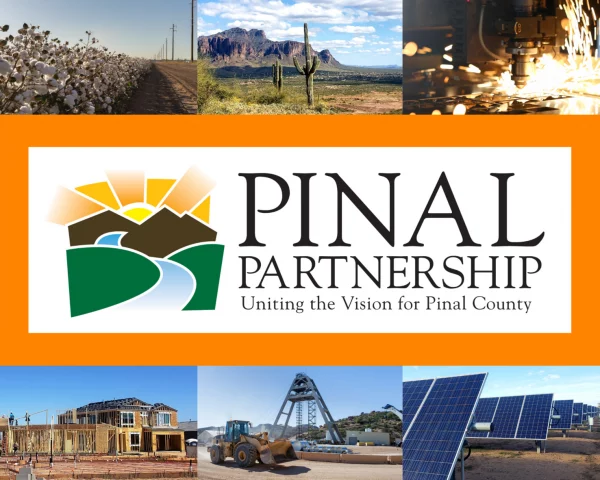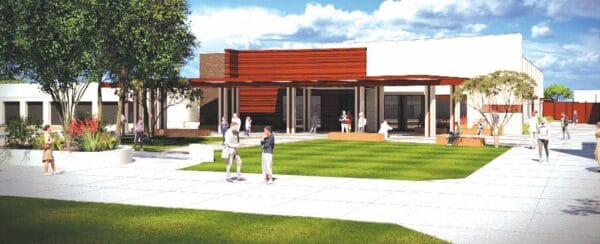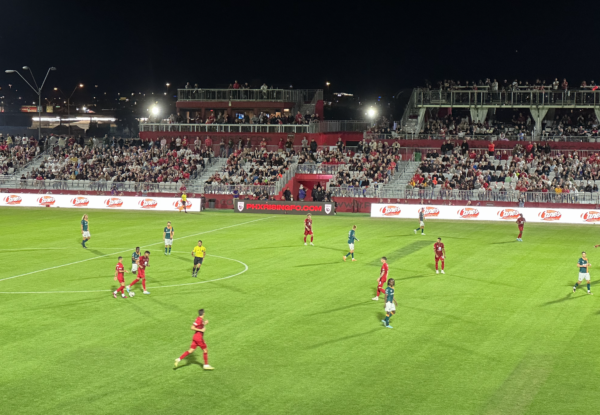The Monday Morning Quarterback
A quick analysis of important economic data released over the last week
By Elliot D. Pollack
The end is near – that is, for the pandemic. While it isn’t over until it’s over, there is light at the end of the tunnel. Ok, enough with the cryptic phrases. Things are looking positive as the vaccine has rolled out. While there have been and will continue to be glitches in the vaccination process, we are making progress. Through the end of January, Arizona has vaccinated more than 600,000 residents, ranking the state as the 15th best in per capita vaccinations. We still have a long way to go given the supply chain issues with vaccines. That is expected to improve over the next couple of months as the federal government gets its act together. Remember, not everyone is going to get vaccinated this time around. Anyone under the age of 18 is not eligible to be vaccinated. Arizona’s population is just under 7.3 million persons. About 22.5% of the population is under 18 years of age leaving about 5.6 million eligible for vaccination.
We are still seeing quite of bit of mistrust regarding the vaccines, though there is improvement on that front. Surveys show that only 50% of the general population will definitely get vaccinated with about 25% against it. The remaining 25% are on the fence. Hopefully this latter group will eventually see the benefits of the vaccine and get the shot. If we can get to these levels, we are well on our way to herd immunity. If we don’t get to high levels of immunization, mutations of the virus start to occur and spread throughout the population.
The economy will likely start to get back to “normal” in the second half of 2021 as the vaccines become widely distributed. When that occurs, the perceived threat of the coronavirus should subside and people will return to more normal activities like shopping, eating in restaurants more often, traveling, and heading back to the office (at least on a part time basis). For those persons whose incomes have not been affected by the pandemic (probably about 85% of the workforce), there will be huge pent-up demand for goods and services since there were restrictions on how we could spend money. Travel will be a big winner with families starting to take vacations again.
The consensus forecast of economists is that we should see real GDP growth of 4.2% in 2021 which is nearly twice the annual 2.3% rate of growth between 2010 and 2019. 2022 GDP is forecasted for a 3.4% growth rate as well. So the outlook over the next two years is very positive. Arizona should see significant growth well in excess of these levels as people move from more dense, high tax states to enjoy our favorable tax environment and state’s natural assets.
U.S. Snapshot:
- U.S. GDP ended 2020 at annualized growth rate of 4.0% in the fourth quarter. Even with the record growth rate seen in the third quarter (33.4%), it was not enough to surpass the declines seen of -5.0% and -31.4% the first of two quarters, respectively. For the year, the U.S. economy declined by 3.5%. That was the biggest decline since 1946.
- Personal income closed out 2020 with an increase of 0.6% in December over November. The increase is partly due to the availability of federal stimulus and unemployment benefits kicking in towards the end of the month. Disposable income increased by the same amount, but personal consumption expenditures decreased by 0.2% due to the increase in cases and economic shutdowns seen in parts of the country. The combination led to personal savings rate increasing from 12.9% in November to 13.7% in December. For the year, the average savings rate increased from 7.5% in 2019 to 16.4% in 2020.
- Consumer confidence had a slight rebound from December (87.1) in January (89.3) according to the Conference Board survey. While confidence remains low compared to pre-pandemic levels, it has remained steady. The slow vaccine rollout has suppressed the confidence level despite the expectation for further fiscal stimulus.
- New homes sales closed at a seasonally adjusted rate of 842,000 in December, up 15.2% from a year ago. For the year, an estimated 811,000 new homes were built, up 18.7% from 2019. The demand for housing and lack of supply will put pressure on affordability.
- NAR’s Pending Home Sales Index decreased for the fourth month in a row in December. Despite the negative growth streak, the index was at 125.5 up 21.4% from a year ago and among the highest readings in the history. Although a slowdown in pending home sales is happening, it is mainly attributed to lack of supply than the demand for homes.
Arizona Snapshot:
- Preliminary throughout this pandemic. Arizona’s lodging occupancy was down to 45.2% in December compared to 50% in November. As the number of COVID cases increased, it unfortunately continues to affect the hotel sector disproportionally. December occupancy was down 24.4% from a year ago.
- As for occupancy in Greater Phoenix and Greater Tucson, the recovery continues but remains well below pre-pandemic levels. Greater Phoenix saw its best quarter since the recovery but remained 29.2% below last year. Greater Tucson remained 32.6% below last year’s level.
- Total air traffic continued to be hindered by the pandemic. In December, total traffic was down 54.9% from a year ago. For the year as a whole, traffic was down 52.8% for enplaned, 52.5% deplaned and total traffic was down 52.6%.
- The commercial market closed out differently for the office and industrial markets according to data from CBRE. Office had its third consecutive quarter of negative absorption with over a million square feet of negative absorption for the year. The vacancy rate increased from 14.1% to 17.4%. On the other hand, the industrial market, fueled by the need for additional distribution space, saw its highest level of absorption ever with 13.1 million square feet and deliveries of 13.3 million square feet for the year. The vacancy rate stayed around the 6.0% range for the year.










